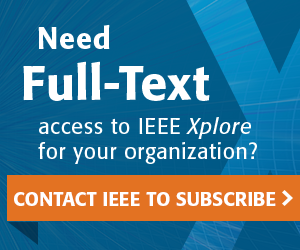I. Introduction
The concept of smart city merges Information and Communications Technology (ICT) and Internet-of-Things (IoT) in order to optimize the efficiency of city services and allows to connect them to citizens. It enables an interaction between the officials and community along with the city infrastructure to monitor the cities for different purposes. With the help of IoT, indeed, the quality and interactivity of city services is expected to be enriched. Moreover, the cost and resource consumption could be reduced. It is also highly possible to ease the relation between the governments and the citizens. Thus, the IoT-based smart cities integrate the city services and infrastructures through the novel communication technologies [1].



